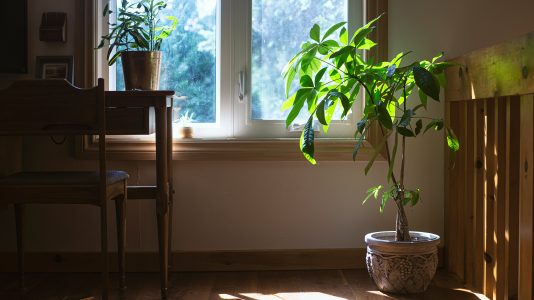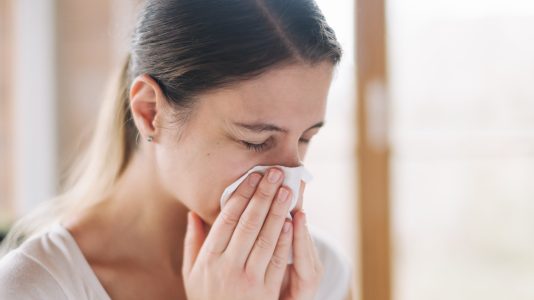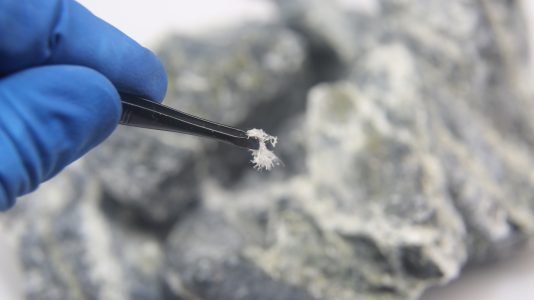What are the signs of poor air quality
March 3rd, 2022
Air quality is very important, especially in our latitude where we spend a lot of time indoors. It is therefore essential that the air we breathe daily is as healthy as possible. Indoor air quality problems can be very detrimental to the health of individuals, especially those with asthma, allergies or lung disease. The following blog post will give you information on the signs that should alert you to air quality.
Common symptoms of poor air quality
Poor indoor air quality mainly affects health and certain signs can tell us that there is a problem. If you frequently suffer from headaches, fatigue and shortness of breath, it may be due to the air you breathe. The same is true if your asthma or allergy symptoms worsen and you struggle with sinus congestion, constant coughing or sneezing. You may also notice skin conditions such as irritation of the skin, but also of the eyes or nose. Dizziness and nausea are also common among people who live in places with poor air quality.
Sources of pollutant
Several sources can be the basis of stale air. These can be physical agents such as dust, radon, asbestos or building materials. It can also be chemical agents like carbon monoxide, formaldehyde, cigarette smoke or other volatile compounds. Some agents are rather of biological origin such as mould, dust mites, bacteria, animal saliva or even viruses. Environmental factors can also come into play when it comes to air quality. It is then necessary to think of insufficient ventilation or excessive heating, humidity levels that are too low or, on the contrary, too high. Also be on the lookout for water damage or poor housekeeping. It is very harmful to breathe high concentrations of poor quality air on a daily basis. Young children and the elderly are particularly vulnerable to poor air quality and can more easily develop health problems.
Improve indoor air quality
Fortunately, there are solutions to improve indoor air quality. For example, you can control the level of humidity using a humidifier or a dehumidifier. You can also consider having an air exchanger installed or installing UV lamp air purifiers. Regularly maintain your household appliances, open the windows to circulate the air except in the event of smog. Do not neglect the vacuum cleaner and replace the filters of your ventilation, heating and air conditioning systems.
If in doubt, do not hesitate to contact a professional who can check the quality of your indoor air and offer you solutions adapted to your situation.





